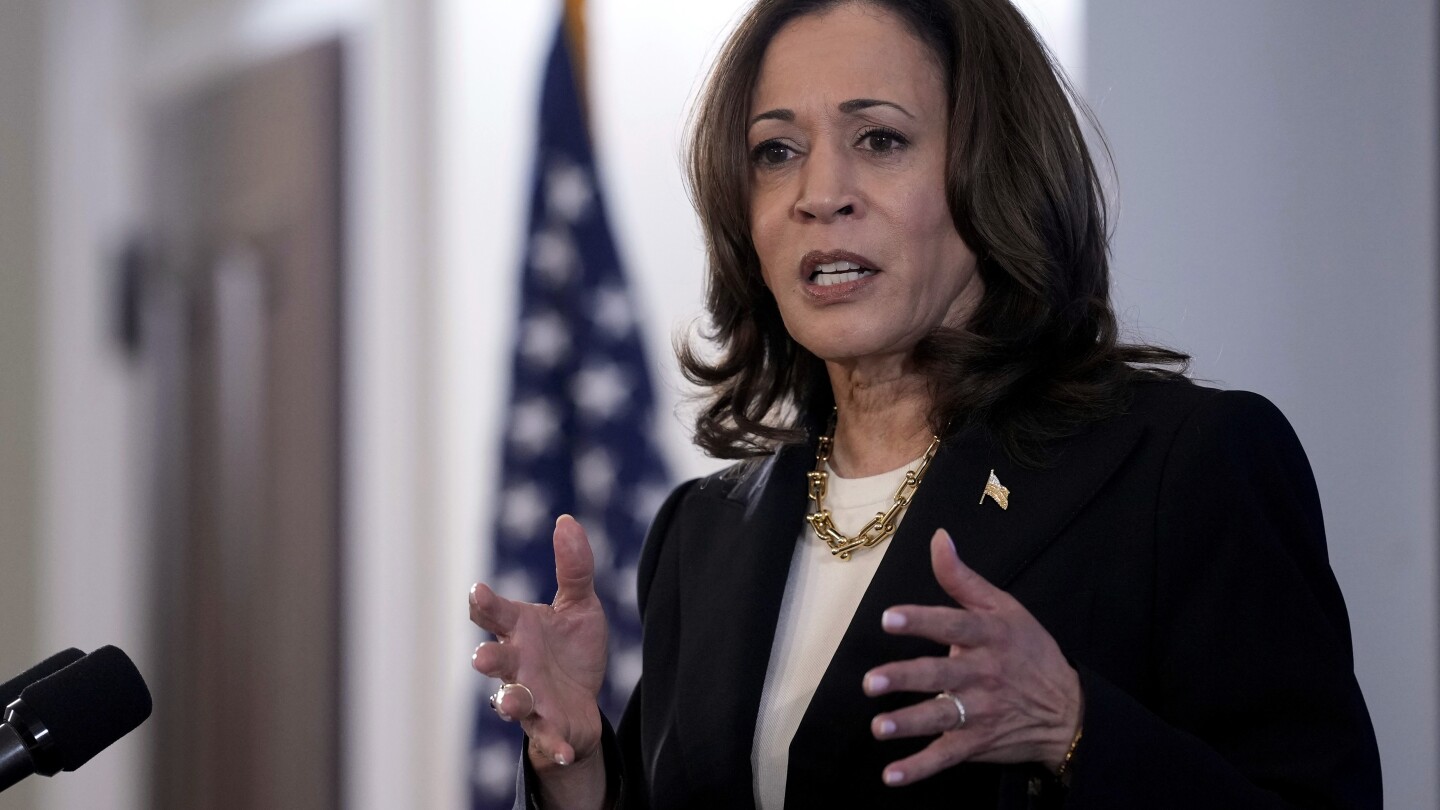Kamala Harris has a new advertising push to draw attention to her plan to build 3 million new homes over four years, a move designed to contain inflationary pressures that also draws a sharp contrast to Republican Donald Trump’s approach.
Harris, the Democratic nominee for president, highlights her plan in a new minute-long ad that uses her personal experience, growing up in rental housing while her mother had saved for a decade before she could buy a home. The ad targets voters in the swing states including Arizona and Nevada. Campaign surrogates are also holding 20 events this week focused on housing issues.
In addition to increasing home construction, Harris is proposing the government provide as much as $25,000 in assistance to first-time buyers. That message carries weight at this moment as housing costs have kept upward pressure on the consumer price index. Shelter costs are up 5.1% over the past 12 months, compared to overall inflation being 2.9%, according to the Bureau of Labor Statistics.
“Vice President Harris knows we need to do more to address our housing crisis, that’s why she has a plan to end the housing shortage” and will crack down on “corporate landlords and Wall Street banks hiking up rents and housing costs,” said Dan Kanninen, the campaign’s battleground states director.



increasing stock does not mean prices will magically go down and cool the inflation
living wages, pushing for fixed mortgage rates, pushing for nondiscriminatory banking policies nationwide, increasing the education budget are things that do that
increasing the number of overpriced houses instead of fighting for the people to have living wages is not helping
and all these homes would require the roads to be torn up and repiped
where is that budget? is places like Flint going to finally get the nonlead pipes?
logistics were not expanded on in the article
what about the already over stressed water table here in the US?
impact studies seem to be a thing of the past when it comes to new construction
even the article linked in the article mentions nothing about anything that would actually go towards solving the issues at hand
https://apnews.com/article/harris-economy-taxes-homes-food-prices-insurance-e1ad3f26f2ce8e6cb365a4ffe2ca3e6b
and in this statement
Biden and Harris has been doing steep tariffs that amount to more the citizens have to pay for goods
https://www.whitehouse.gov/briefing-room/statements-releases/2024/05/14/fact-sheet-president-biden-takes-action-to-protect-american-workers-and-businesses-from-chinas-unfair-trade-practices/
every election cycle makes it more obvious that neither party have our interests at heart
Removed by mod
Flint needed help a decade ago and still does
https://www.britannica.com/event/Flint-water-crisis
https://truthout.org/articles/the-2024-presidential-election-may-slow-plans-to-replace-lead-pipes/
Removed by mod
just like raising the minimum wage was talked about a decade ago too
both parties are paid too much by the MegaCorps to pass anything that would help
Removed by mod
Why would you want to do that? Lead is the problem not iron.
Wealth tax is the answer to “where will the money come from”
I appreciate the optimism, but who is going to pass a wealth tax?
The American public?
Lol